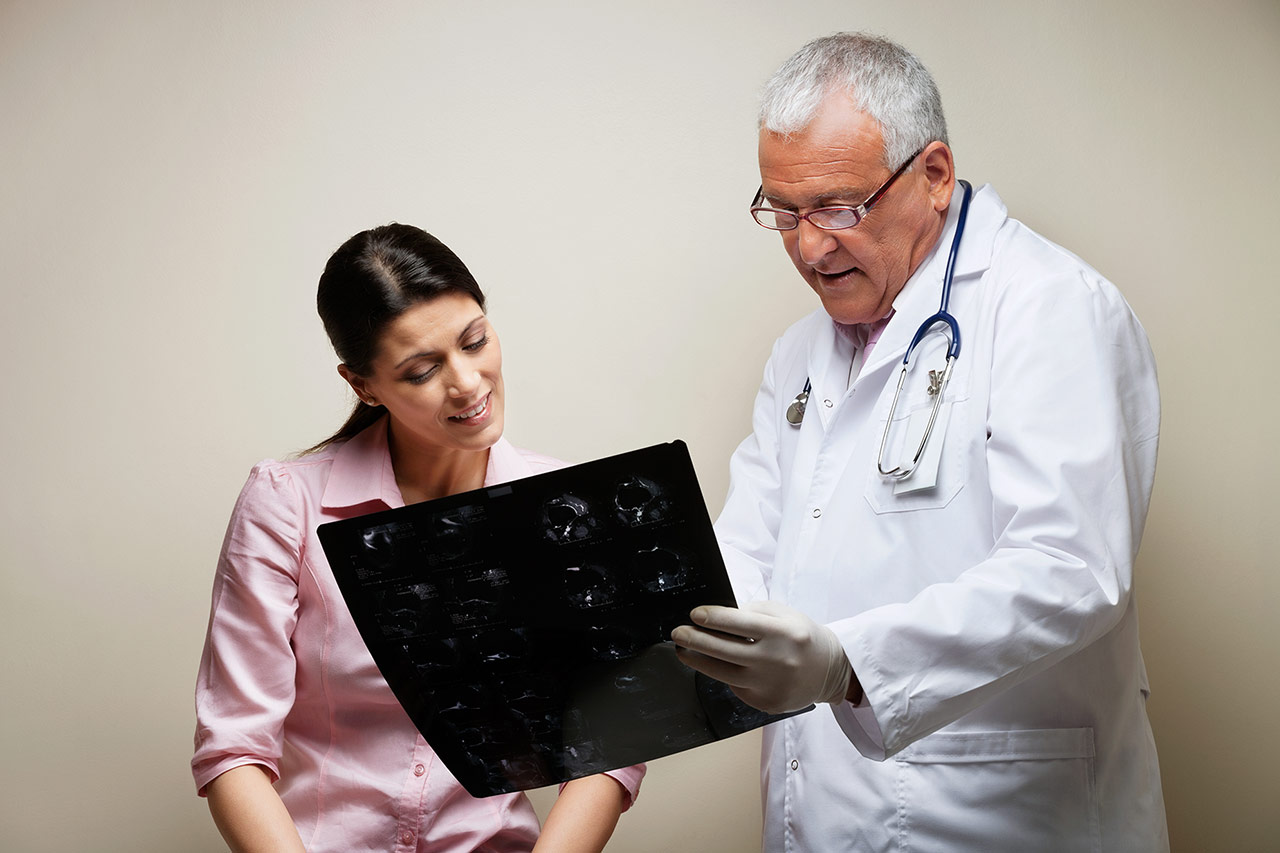Brazilian Consensus on Endoscopic Sleeve Gastroplasty
Abstract
Purpose Bariatric endoscopy is a less invasive approach for obesity management, with better efficacy than pharmacological treatment and low morbidity. Endoscopic sleeve gastroplasty (ESG) is the remodeling of the stomach using a suturing device showing technical feasibility, safety, and sustained weight loss. With growing numbers of procedures worldwide, there is a need to standardize the procedure.
Materials and Methods A consensus meeting was held in São Caetano do Sul-SP, Brazil, in June 2019, bringing together 47 Brazilian endoscopists with experience in ESG from all regions of the country. Topics on indications and contraindications of the procedure, pre-procedure evaluation and multidisciplinary follow-up, technique and post-procedure follow-up, and training requirements were discussed. An electronic voting was carried, and a consensus was defined as ≥ 70% agreement.
Results The panel’s experience consisted of 1828 procedures, with a mean percentage total body weight loss (TBWL) of 18.2% in 1 year. Adverse events happened in 0.8% of the cases, the most common being hematemesis. The selected experts discussed and reached a consensus on several questions concerning patient selection, contraindications for the procedure, technical details such as patient preparation, procedure technique, and patient follow-up.
Conclusions This consensus establishes practical guidelines for performance of ESG. The experience of 1828 procedures shows the expertise of the selected specialists participating in this consensus statement. The group’s experience has a satisfactory weight loss with low adverse events rate. The main points discussed in this paper may serve as a guide for endoscopists performing ESG. Practical recommendations and technique standardization are described.




